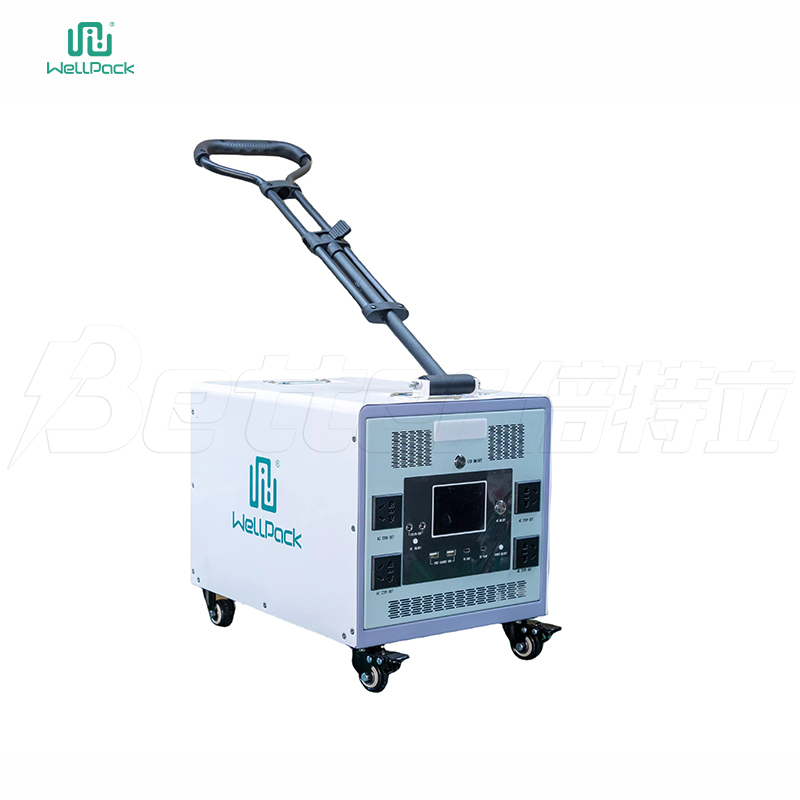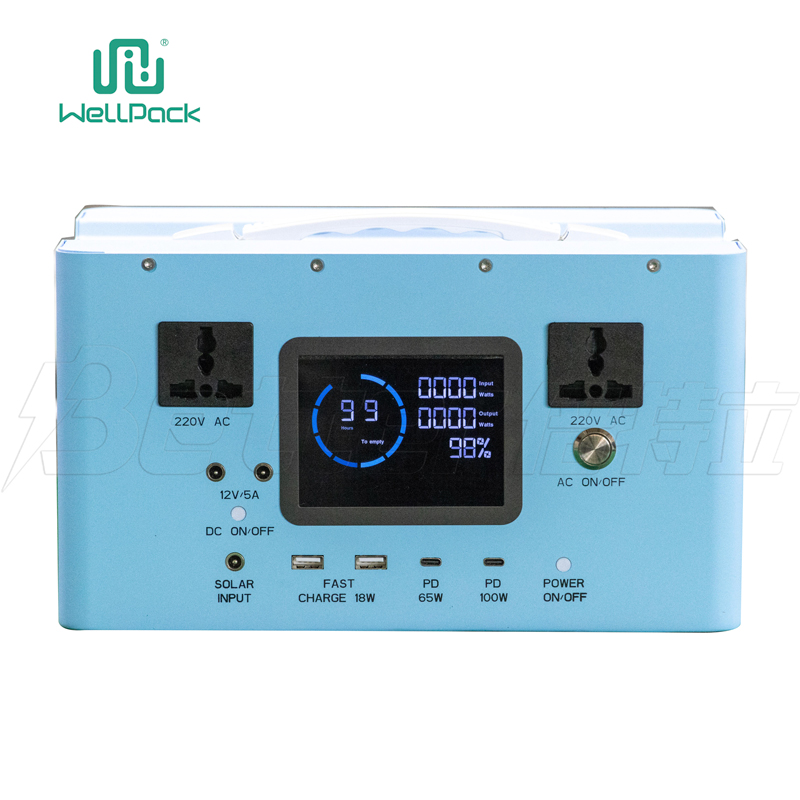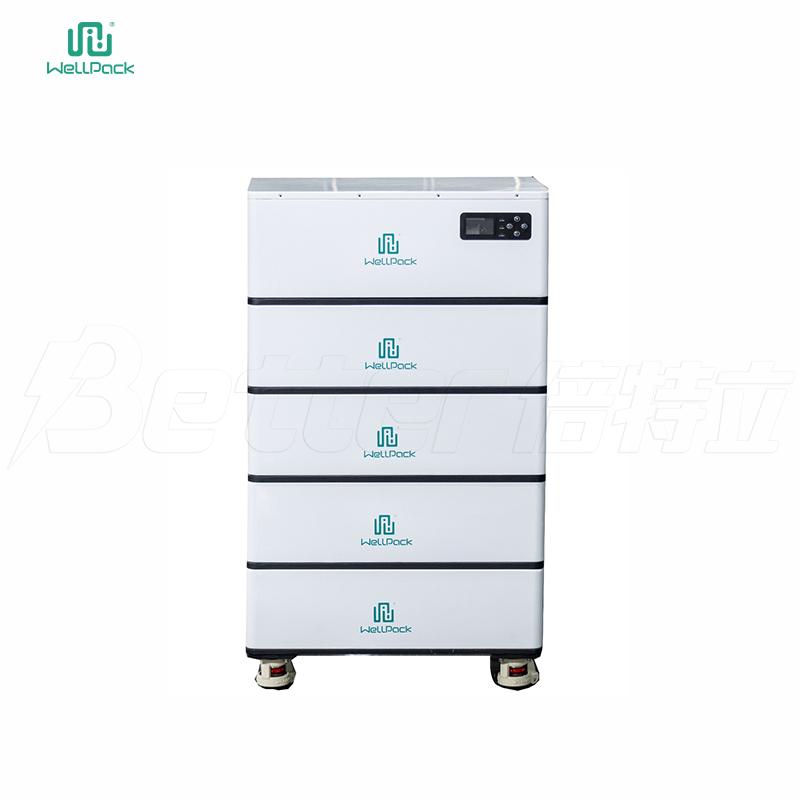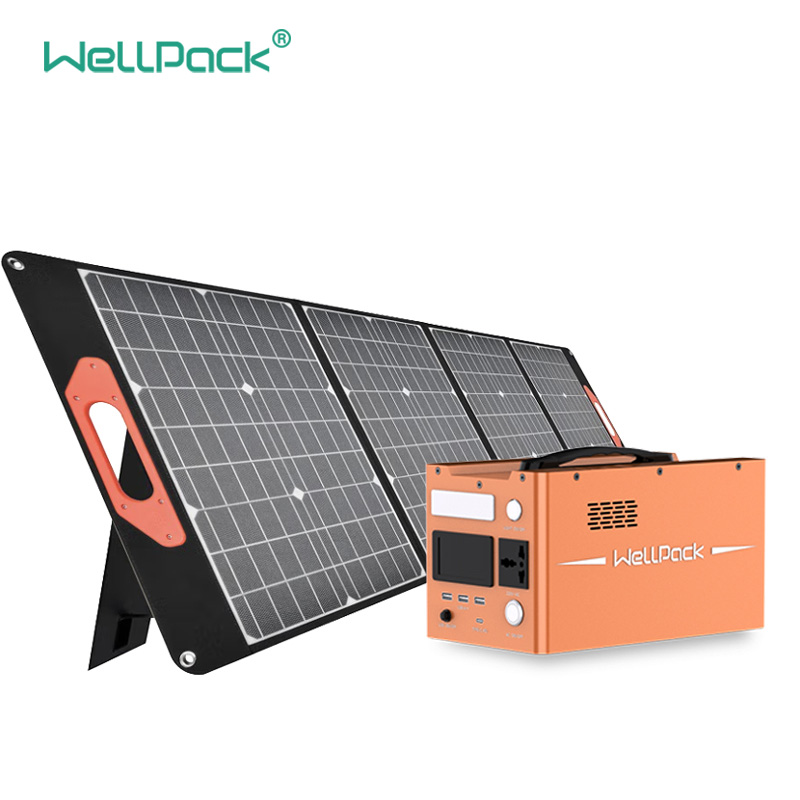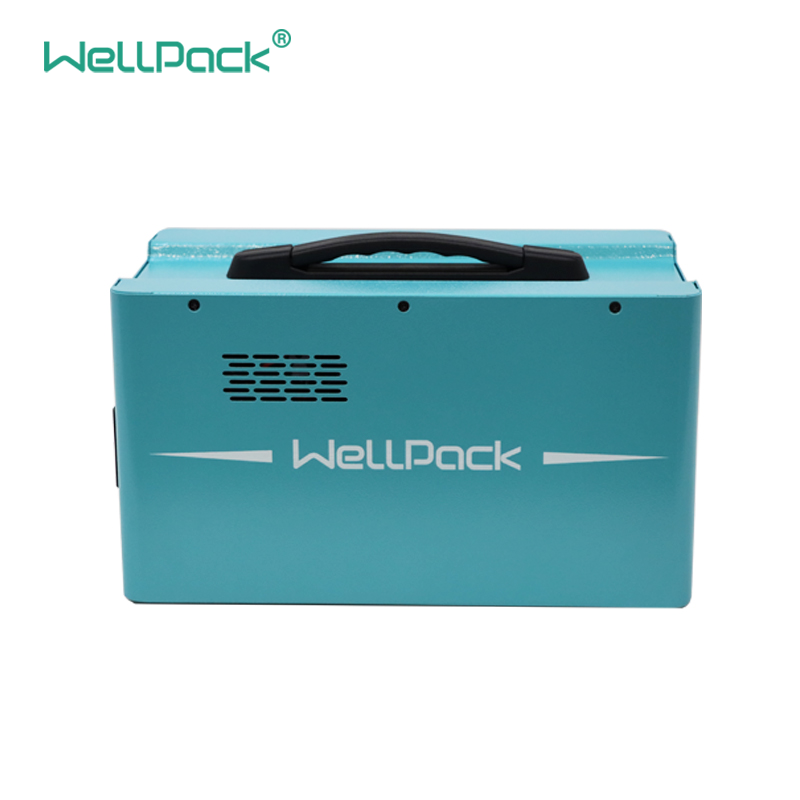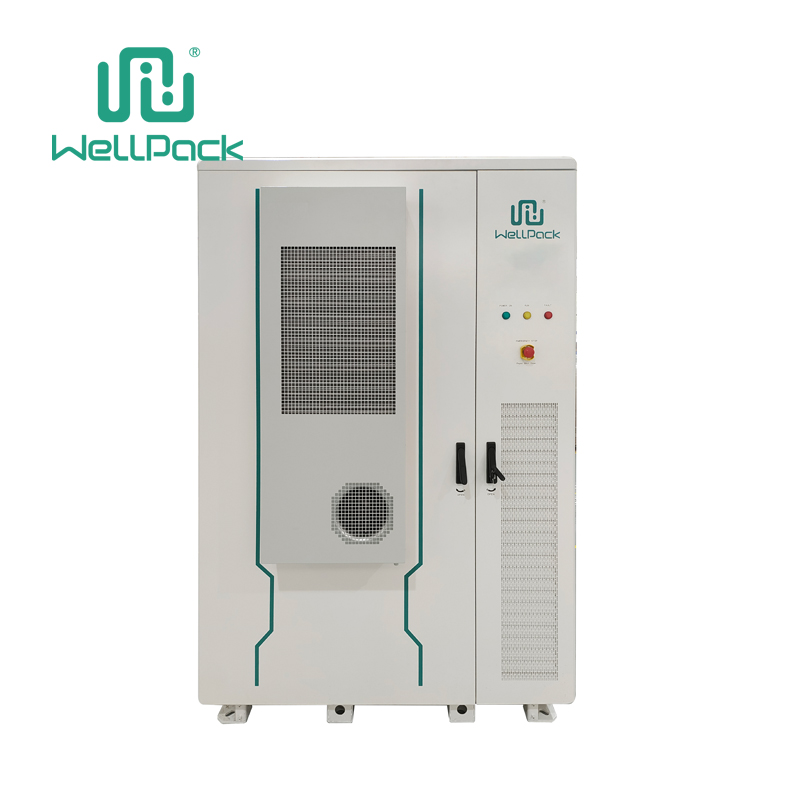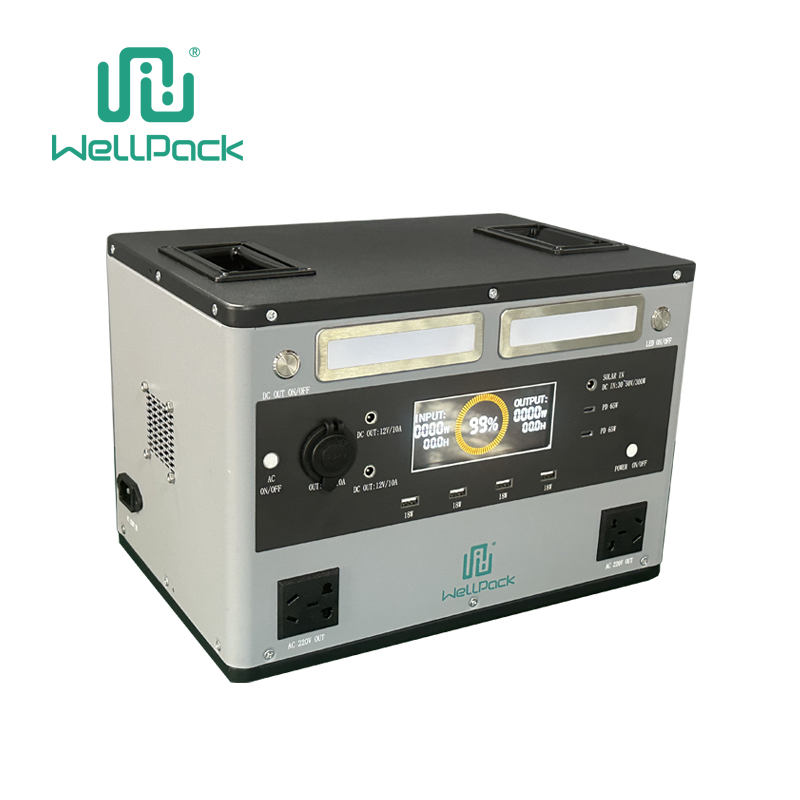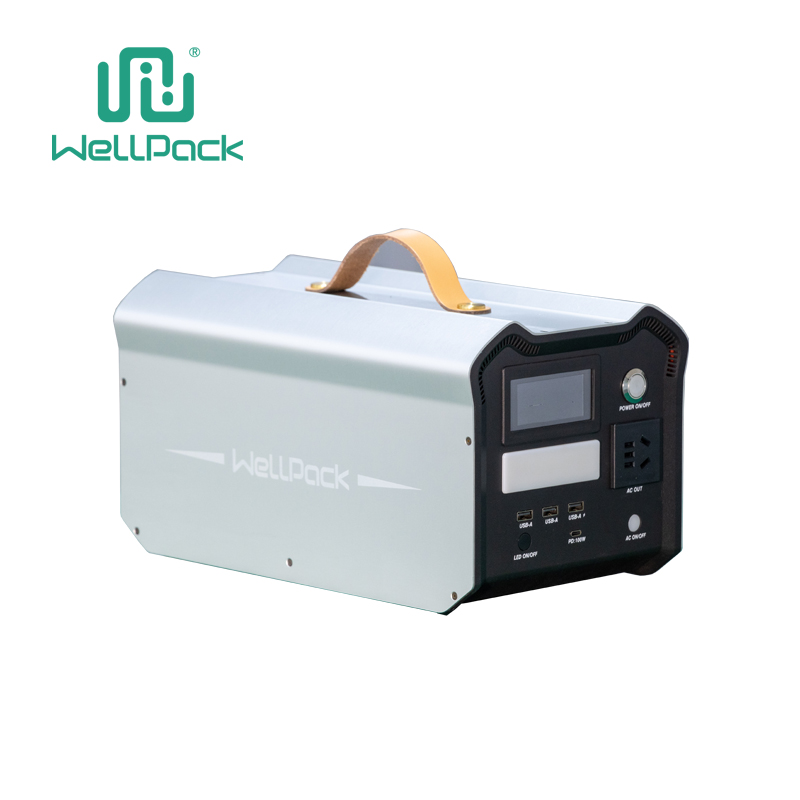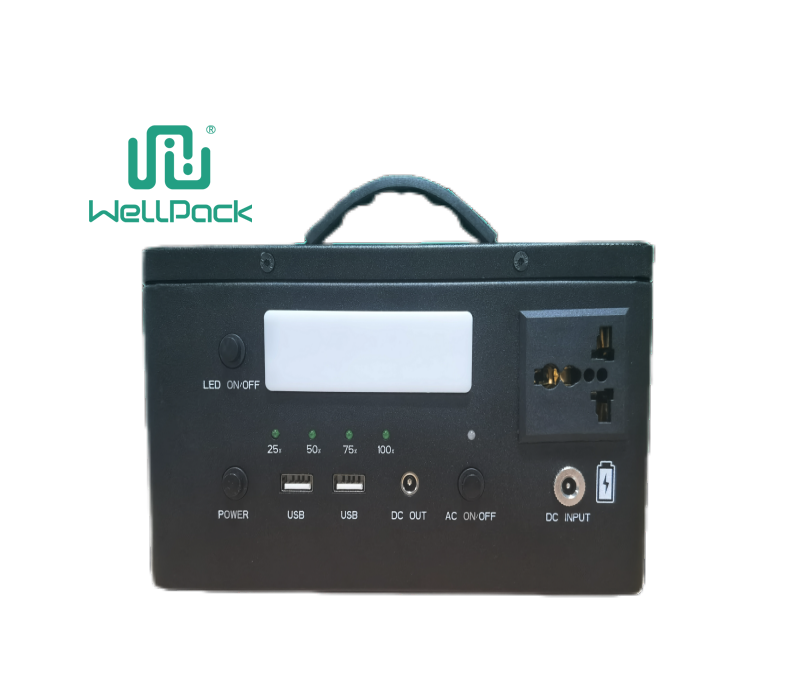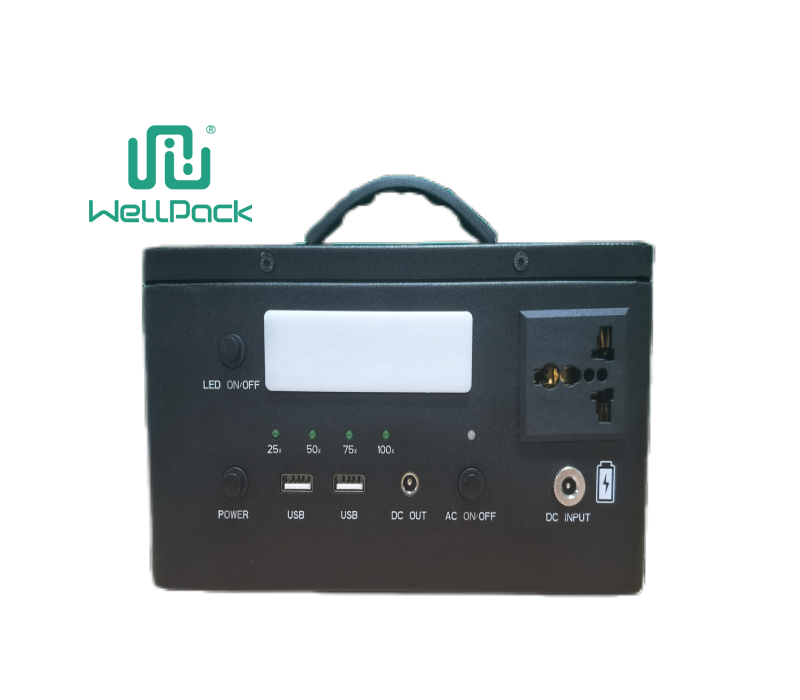Nickel-metal hydride (NiMH) batteries are composed of hydrogen ions and metal nickel. They have 30% more energy capacity than nickel-cadmium (NiCd) batteries, are lighter, last longer, and are environmentally friendly. However, NiMH batteries are more expensive than NiCd batteries and their performance is inferior to that of lithium batteries.
There are two types of activation for NiMH batteries: one is activation of the capacity for new batteries, and the other is the removal of internal resistance for old batteries.
For the activation of new batteries, there has been much discussion. It is important to understand that the purpose of activating a new battery is to stimulate the battery's activity by activating the active factors within the battery. This is because NiMH batteries have a high self-discharge rate, which leads to gradual loss of charge during long-term storage or transit, reducing the battery's activity and causing it to enter a dormant state. Without a few full charge-discharge cycles, and due to the memory effect of NiMH batteries, the output capacity will not reach the nominal capacity. The typical method is to perform three complete charge-discharge cycles. For charging, a rate of 0.1C is recommended because charging with a high current when the battery is not activated and has a low charge could damage the electrodes. In theory, during the first charge, if the battery charge is greater than 40%, it can be used first and then charged. If the charge is less than 40%, it should be fully charged before use. In practice, new batteries come with user instructions, and it is best to follow the manufacturer's guidelines. Achieving full capacity may require at least three complete charge-discharge cycles, and some may require up to five cycles, as after the first charge, the usable capacity may only be about one-third of the nominal capacity.
For old NiMH batteries, after prolonged use, their capacity will decline. Additionally, the formation of an oxide layer on the internal electrodes increases the internal resistance, which affects the effective output capacity. This capacity decline is irreversible, so reducing the internal resistance is crucial to activating old NiMH batteries. Otherwise, the old batteries will become increasingly unsuitable for high-current devices. To activate such NiMH batteries with increased internal resistance, using a large current discharge will help. In practice, a short-circuit test is usually performed. During short-circuiting, the current gradually increases, and the NiMH battery will slowly heat up. When the battery reaches 40°C, the discharge is stopped. Once the temperature returns to normal, the short-circuit discharge is repeated. This cycle continues until the battery voltage drops to 1.0V, completing the short-circuit discharge process. Some NiMH batteries with lower internal resistance may be fully activated after just one discharge, and thus may not require the repeated short-circuit cycles.
It is important to note that the purpose of activating new and old NiMH batteries is different. Therefore, the short-circuit experiment should never be used for activating new batteries.

